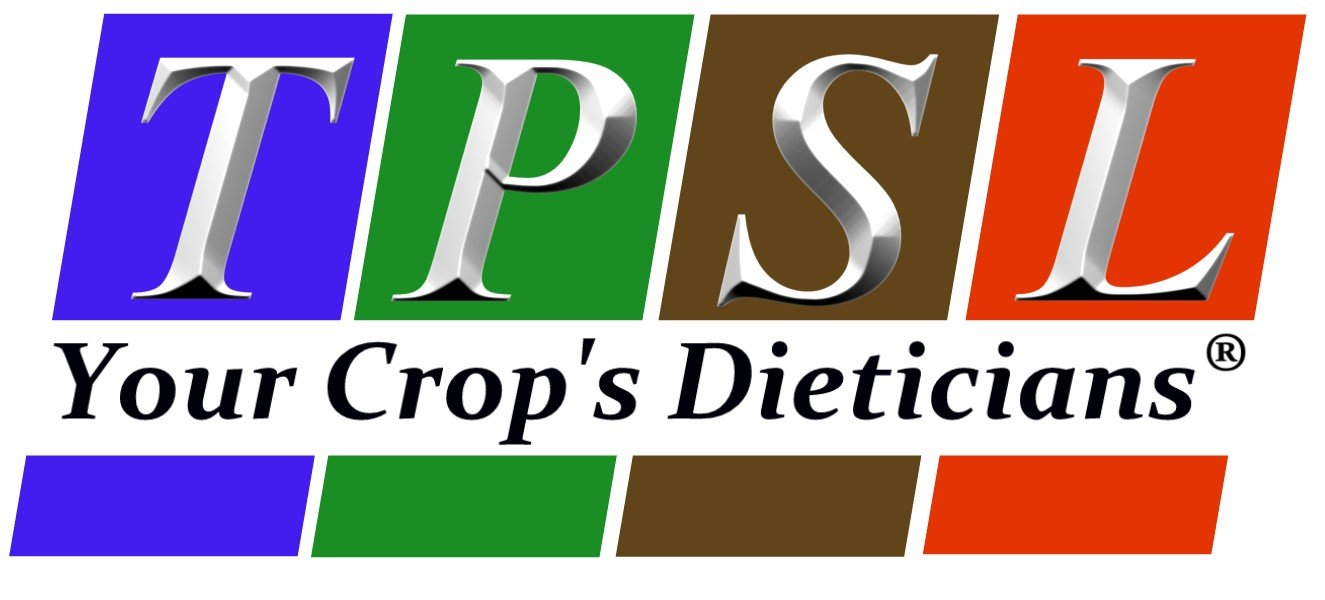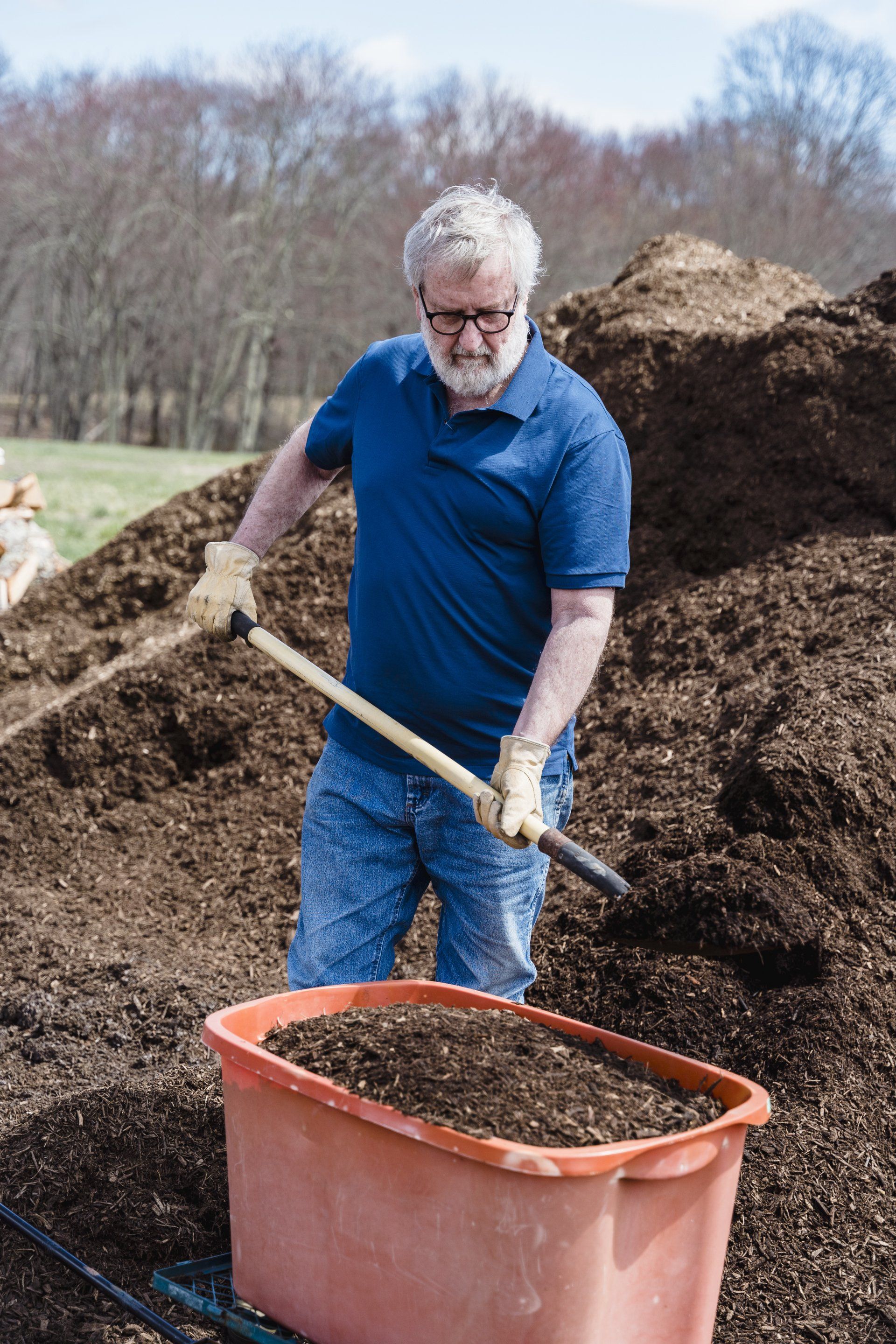How to Use Tissue Testing to Stay Ahead of Summer Nutrient Deficiencies

As summer sets in across much of the country, crops enter one of the most demanding phases of their life cycle. With increased heat, active fruiting, and water stress, nutrient uptake becomes more unpredictable. Even the most well-fertilized soils may fall short in delivering the right nutrients at the right time. That’s where mid-season plant tissue testing becomes an invaluable tool.
Why Soil Tests Alone Aren’t Enough
Soil tests provide a vital baseline before planting, helping you understand what's available in the root zone. But as the season progresses, multiple factors can interfere with nutrient uptake:
- Heat stress and limited moisture reduce nutrient movement in soil, making it harder for roots to access nutrients even when they're present.
- Soil pH shifts—common as microbial activity changes—can lock up nutrients like phosphorus, zinc, or iron, rendering them unavailable to plants.
- Plant demand changes rapidly during flowering and fruiting, meaning nutrient requirements evolve faster than soil reserves or slow-release fertilizers can respond.
A mid-season tissue test reveals what the plant is actually absorbing, not just what’s in the soil.
What Tissue Testing Tells You
A tissue test provides a real-time snapshot of the plant’s nutritional status. It helps identify:
- Early signs of nutrient deficiencies, often before symptoms show up visually. This allows for preventative correction, rather than trying to fix a visible problem too late in the season.
- Imbalances between key nutrients, such as excess nitrogen suppressing calcium uptake, or low magnesium reducing potassium efficiency.
- Uptake issues caused by stress, poor irrigation practices, or compacted root zones—especially important in summer when evapotranspiration is high and root efficiency is lower.
Tissue testing gives you the insight needed to make targeted nutritional corrections, optimizing fruit set, size, and quality.
When and How to Tissue Test
For most fruiting crops, ideal sampling windows include:
- Just before flowering, when nutrient demand is about to spike.
- Early fruit development, to support strong cell division and prevent blossom-end disorders.
- Mid-season (peak fruit load), when nutrient draw is at its highest and deficiencies are most likely to develop.
Select healthy, recently matured leaves from a representative section of the field. Avoid leaves with obvious damage, disease, or pest activity. Consistency in sampling location and leaf age is critical for accurate comparisons over time.
At TPS Lab, we provide detailed sampling instructions and fast turnaround times, so you can act before yield is compromised.
Common Summer Deficiencies to Watch For
Even in fertilized fields, these nutrients often fall short under summer stress:
- Potassium (K): Crucial for water regulation, sugar transport, and fruit development. Deficiencies can cause uneven ripening, poor flavor, and lower yields.
- Calcium (Ca): Required for cell wall strength and fruit quality. Limited uptake often causes blossom end rot in tomatoes and peppers or tip burn in leafy greens.
- Magnesium (Mg): A central component of chlorophyll. Magnesium deficiency can lead to interveinal yellowing and poor photosynthesis, especially under intense sunlight.
- Micronutrients (Boron, Manganese, Zinc): These trace elements play vital roles in pollination, enzyme function, and hormone regulation. Even minor deficiencies can lead to poor fruit set or malformed growth.
How to Act on Results
Once your results are in, use them to tailor your in-season fertility program. Depending on the crop and severity, this might involve:
- Adjusting fertigation blends to include more soluble potassium or micronutrients based on test results.
- Applying foliar sprays for immediate correction, especially for mobile nutrients or in cases where soil uptake is impaired.
- Incorporating amino acid-based fertilizers or biostimulants to enhance nutrient absorption, increase stress tolerance, and promote balanced growth without risking burn or over-fertilization.
TPS Lab consultants can help interpret your report and recommend specific products or strategies—whether that includes our own solutions like Nitro P9 or CSL+, or broader categories suited to your operation.
Stay Proactive, Not Reactive
By integrating tissue testing into your summer crop management, you shift from guesswork to precision. Avoid late-season surprises, improve fruit quality, and maximize your ROI with simple mid-season monitoring.
Ready to test? Click here to submit a sample or call us at 956-383-0739 to speak with a consultant.



